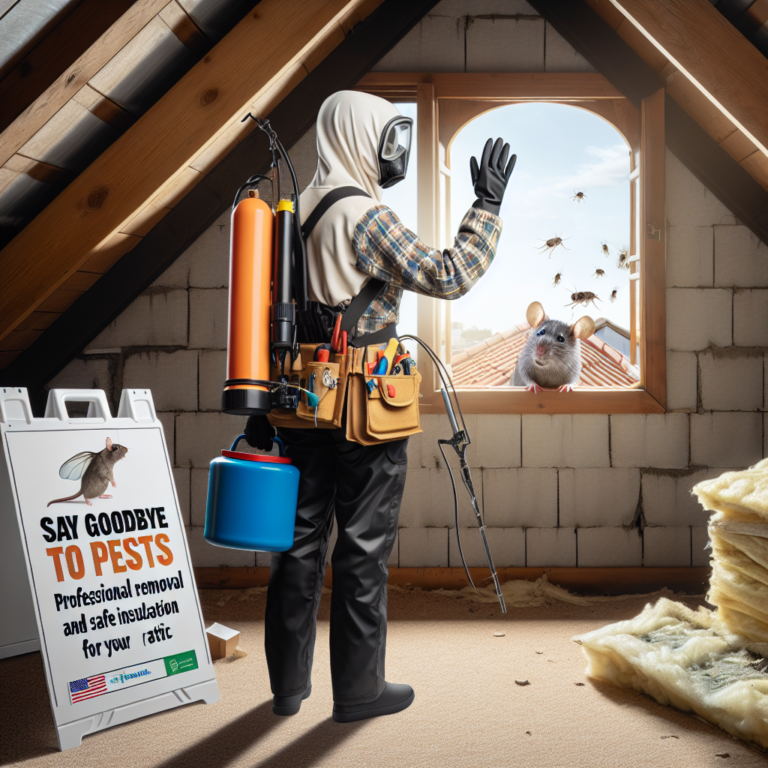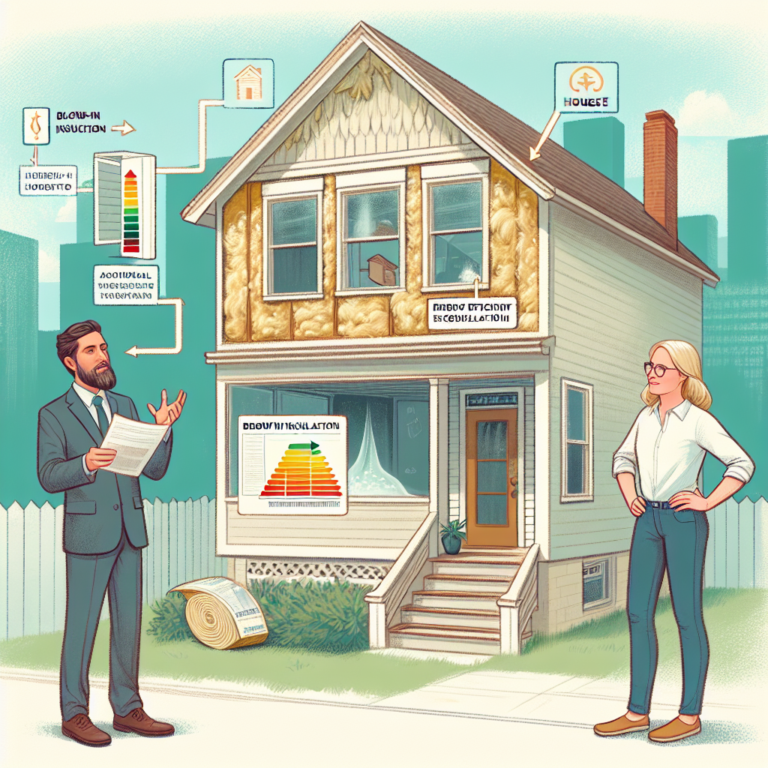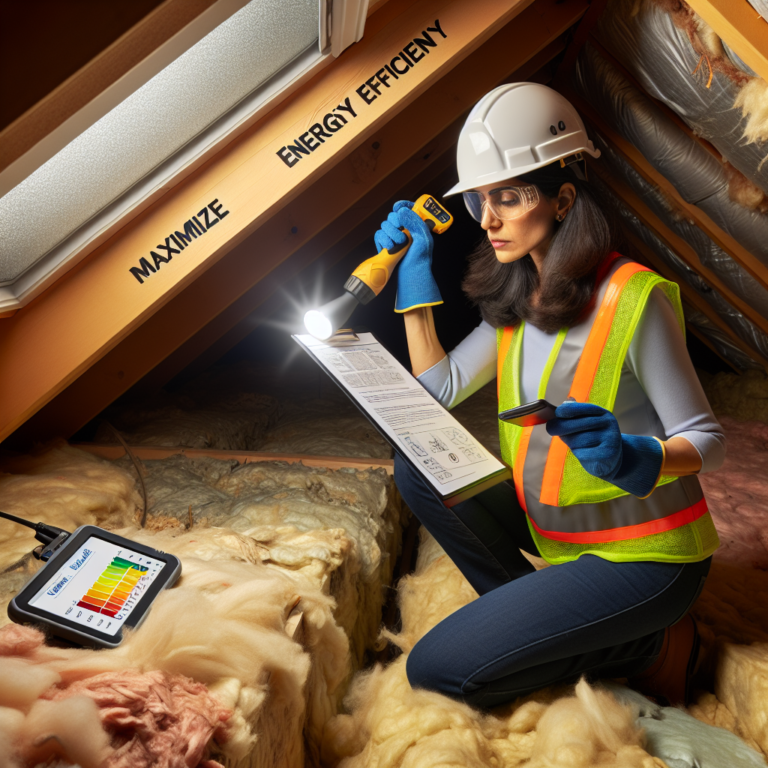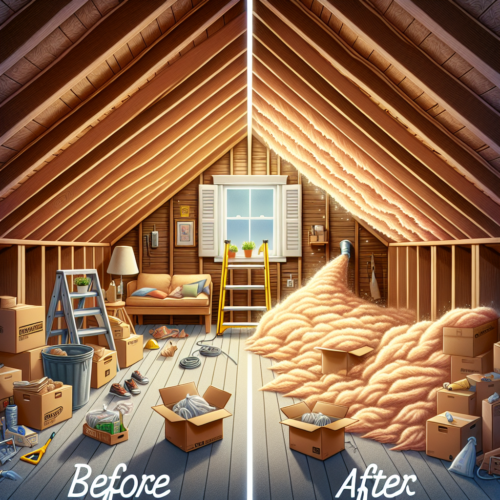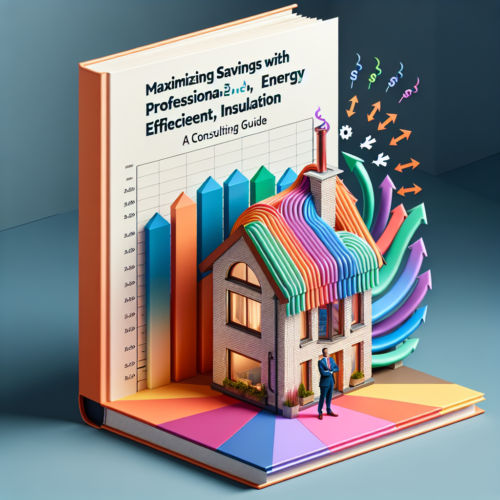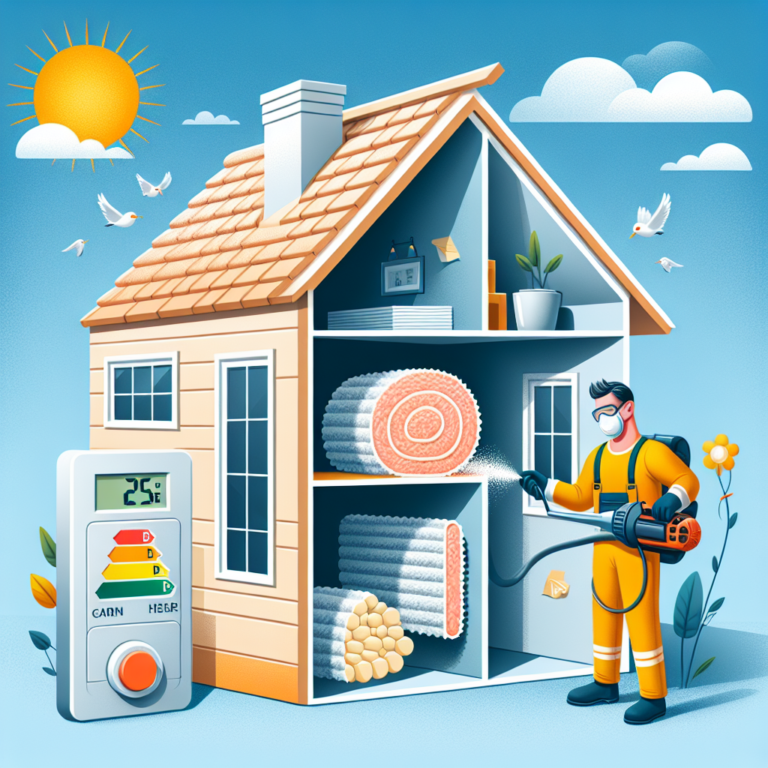Introduction
Houston’s warm, humid climate makes attics an irresistible haven for unwanted critters—from mice and rats to termites and roaches. These pests slip in through tiny cracks, chew wiring, contaminate insulation, and create noise and health hazards. Upgrading your attic insulation upgrades your home’s defenses: it seals entry points, controls temperature and moisture, and makes your attic far less hospitable to invaders. In this article, we’ll explore how attic insulation upgrades deliver pest control benefits, energy savings, and long-term peace of mind for Houston homeowners.
Benefits of Attic Insulation Upgrades for Keeping Unwanted Critters Out
Upgrading your attic insulation does more than boost R-value—it creates a multi-layered shield against pests. Consider these advantages:
• Physical barrier: Modern insulation materials, especially closed-cell spray foam or dense mineral wool batts, expand or fit tightly to fill gaps around vents, wiring, pipes, and rafters. That denies rodents, squirrels, and insects any route of entry.
• Temperature regulation: A well-insulated attic tracks outdoor temperatures more closely. In winter, it doesn’t stay unseasonably warm, so rodents and bats lose their incentive to nest above. In summer, it prevents excess heat buildup that attracts heat-seeking pests.
• Moisture control: Humidity and condensation in attics encourage mold, mildew, and water-loving insects. Upgraded insulation combined with proper ventilation cuts moisture levels, removing a key attractant.
• Noise reduction: Thicker insulation muffles sounds of scurrying feet and gnawing, giving you quieter nights and fewer surprises.
• Structural protection: Rodents chew through outdated, low-density insulation—and often reach wiring and wood beams. High-density insulation resists gnawing, preserving your home’s electrical and structural integrity.
The Importance of Proper Attic Insulation Upgrades in Houston for Pest Control
Attics are rarely inspected until a pest problem flares up. In Houston, where the temperature rarely dips below 40°F, attics remain a cozy breeding ground year-round. Without proper insulation:
1. Tiny gaps in the soffits, eaves, or at the roof-wall junction become open doors for mice, rats, and even larger rodents.
2. Insects like cockroaches and termites exploit damp corners andfeed on untreated cellulose insulation.
3. Bats roost in dark spaces near soffit vents, then slip into your living areas at dusk.
Attic insulation upgrades address these weaknesses by:
– Sealing seams and joints with spray foam that expands into cracks as small as 1/4 inch.
– Removing matted or water-damaged batt insulation and replacing it with pest-resistant mineral wool or closed-cell foam.
– Installing insulation baffles to maintain airflow from soffit vents without leaving openings.
How Attic Insulation Upgrades Can Save You Money on Pest Control Services
Many homeowners call exterminators repeatedly without solving the root cause: open access points in the attic. By investing in attic insulation upgrades, you unlock savings in multiple areas:
• Fewer exterminator visits. Once rodents and insects lose their entry and nesting spots, ongoing treatments drop dramatically.
• Reduced repair costs. Rodent damage to insulation, wiring, HVAC ducts, and wood framing can run into thousands. A solid insulation barrier prevents these destructive incursions.
• Lower energy bills. Upgraded insulation can cut heating and cooling costs by up to 20% in Houston’s climate. Your air conditioner runs less often, further reducing temperatures and humidity that attract pests.
• Increased home value. Buyers recognize a well-insulated, pest-protected attic as a sign of quality construction and lower future maintenance needs.
A typical attic insulation upgrade pays for itself within a few years through combined energy savings and reduced pest-control expenses.
Q&A
Q1: How soon will I notice fewer pests after an attic insulation upgrade?
A1: Many homeowners see a sharp drop in attic sounds and droppings within weeks. Complete deterrence depends on sealing all entry points and choosing pest-resistant materials.
Q2: Which insulation type works best for pest prevention?
A2: Closed-cell spray foam fills cracks and forms a seamless barrier. High-density mineral wool batts resist gnawing and moisture. Avoid loose cellulose unless it’s treated for pests and moisture control.
Q3: Can I overlay new insulation over existing insulation?
A3: Yes—if the old layer is dry, mold-free, and compacted but intact. However, for severe damage or contamination, remove the old material first and seal all openings before installing new insulation.
Conclusion
Attic insulation upgrades deliver a triple benefit for Houston homeowners: they repel unwanted critters, slash energy bills, and protect your home’s structure. By choosing the right insulation type, sealing every gap, and maintaining proper ventilation, you transform your attic from a pest magnet into a secure, efficient space. Don’t wait for damage or infestations—invest in attic insulation upgrades today and enjoy a critter-free, comfortable, and cost-effective home.



